The hum of the evening market is a symphony of haggling vendors, clinking coins, and the occasional burst of laughter. Among the stalls, one particular spot draws a crowd as the clock strikes seven—the half-price fresh fish stand. This isn’t just a sale; it’s a ritual, a daily opportunity for savvy shoppers to snag premium seafood at a fraction of the cost. The air is thick with the briny scent of the ocean, and the ice beneath the fish glistens under the dim glow of hanging bulbs. For those in the know, this is the golden hour.
Why seven o'clock? The answer lies in the rhythm of the market. By evening, fishmongers are eager to clear their inventory. Freshness is paramount, and what hasn’t sold by nightfall won’t fetch top price tomorrow. The vendors would rather slash prices than risk waste. It’s a win-win: they minimize losses, and customers walk away with bargains. The crowd that gathers is a mix of thrifty homemakers, restaurant scouts, and curious foodies—all united by the thrill of the hunt.
The selection varies daily, depending on the morning’s catch. One evening, it might be plump sea bass, their scales still iridescent; another, it could be fat shrimp or glistening mackerel. The fish are no less fresh than they were at dawn—just cheaper. Regulars come armed with their own containers, ready to pounce. There’s an unspoken etiquette here: no shoving, but a quiet urgency as hands dart toward the best picks. The vendor, a weathered man with salt-and-pepper stubble, moves with practiced efficiency, weighing and wrapping without missing a beat.
Timing is everything. Arrive too early, and the discounts haven’t kicked in. Come too late, and the choicest cuts are gone. The sweet spot is just as the sun dips below the horizon, when the market’s energy shifts from bustling to subdued. This is when the real deals emerge. Some buyers linger at the edges, feigning disinterest until the price drops further. Others strike fast, fearing hesitation will cost them the last perfect fillet. The dance between buyer and seller is as old as commerce itself, played out here on a stage of crushed ice and wet concrete.
Beyond the economics, there’s a cultural heartbeat to this ritual. In many places, the evening market is a social hub, a place where gossip is exchanged as readily as currency. The half-price fish stand becomes a backdrop for camaraderie. Strangers swap cooking tips, argue over the best way to grill sardines, or lament the rising cost of living. The vendor, though busy, might share a joke or a story, his voice rising above the din. It’s these moments—small, human, unscripted—that transform a simple transaction into something richer.
For the uninitiated, the scene might seem chaotic. But beneath the surface, there’s order. The regulars have their strategies. Some befriend the vendor, hoping for a whispered tip about tomorrow’s catch. Others come in pairs, one to distract while the other swoops in. Then there are the lone wolves, silent and focused, their eyes locked on the prize. The fish, oblivious to their fate, lie in neat rows, their gills still ruddy, their flesh firm to the touch. The best ones go quickly, vanishing into baskets and plastic bags with barely a sound.
The aftermath is a quieter affair. By eight o’clock, the crowd thins. The vendor wipes down his table, counts his earnings, and begins packing up. The unsold fish—few, if any—are set aside for tomorrow’s stew or stock. The market, now bathed in the yellow light of streetlamps, takes on a different character. The urgency fades, replaced by the slow, satisfied pace of those who’ve gotten what they came for. For the shoppers, the next challenge awaits: rushing home to clean, portion, and perhaps cook their haul while it’s still at its peak.
This nightly ritual is more than a clever way to save money. It’s a testament to resourcefulness, a celebration of freshness, and a reminder that good food needn’t come with a hefty price tag. In a world of shrinkflation and rising costs, the seven o’clock fish stand is a small rebellion—a place where value and quality still go hand in hand. And as long as there are fish in the sea and people who appreciate them, this tradition will endure, one discounted snapper at a time.

By /Jul 24, 2025

By /Jul 24, 2025
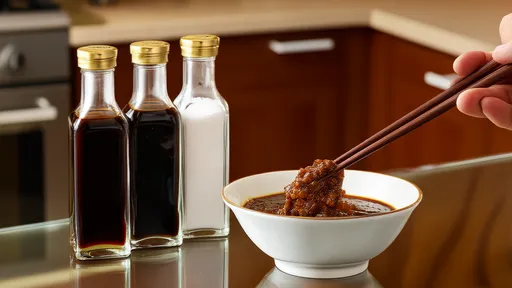
By /Jul 24, 2025

By /Jul 24, 2025
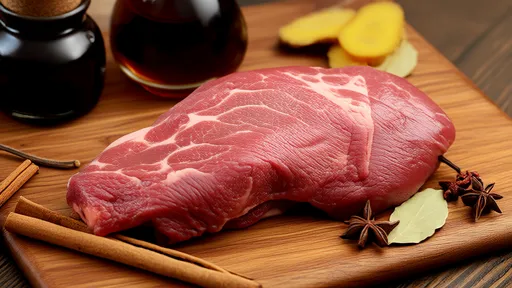
By /Jul 24, 2025
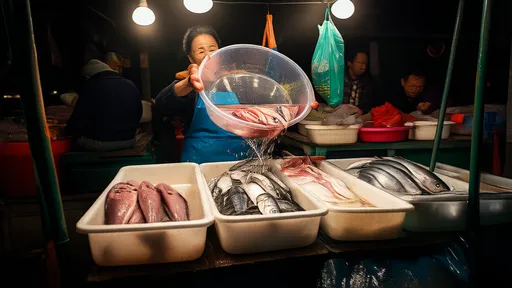
By /Jul 24, 2025

By /Jul 24, 2025

By /Jul 24, 2025

By /Jul 24, 2025
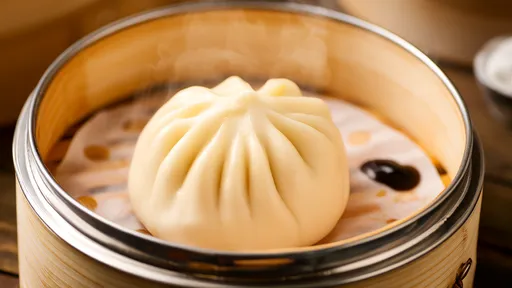
By /Jul 24, 2025

By /Jul 24, 2025

By /Jul 24, 2025
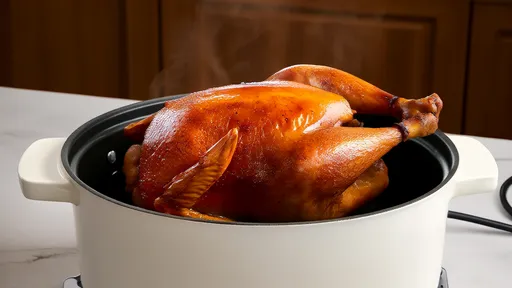
By /Jul 24, 2025

By /Jul 24, 2025

By /Jul 24, 2025

By /Jul 24, 2025

By /Jul 24, 2025

By /Jul 24, 2025